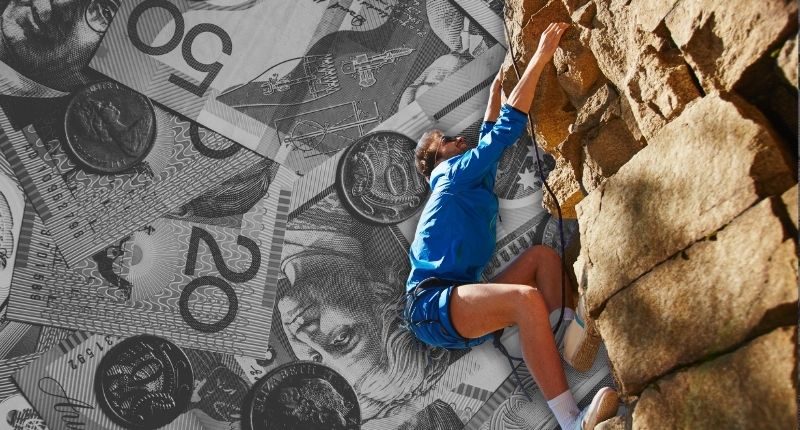- Combined CBA research and Google data in April show consumer spending on the rise
- The property market is earmarked as an ongoing source of economic growth
- All categories of the 'Commonwealth Bank Household Spending Intentions' reflect growth
A year on from the initial onset of the pandemic spending intentions climb high as households recover, according to combined CBA research and Google data in April.
Spending intentions over all seven categories monitored by the ‘Commonwealth Bank Household Spending Intentions’ (HSI) series displayed substantial growth.
“This comes as no surprise as we know that April 2020 was the low-point for spending as the first wave of Covid-19 restrictions hit Australians,”
Stephen Halmarick, CBA Chief Economist
“A year later, the economy has recovered strongly from Covid-19 impacts, with employment above pre-pandemic levels and household spending intentions on the rise as consumers once again feel confident about their economic prospects,” Mr Halmarick said.

The promising economic landscape is reflected by the most recent commonwealth budget, which predicted a decline in deficit in the coming years. However, significant monetary expenditure is still planned to sustain ongoing recovery.
“The Budget’s targeted support programs aim to put more people into jobs and ensure the economic recovery is widespread,” Mr Halmarick said.
Property
Intentions for home buying remained on their upwards trajectory in April 2021, higher than April 2020 and even 2019. This is based on the tracked increase of both home loan application data and Google searches.
The property market has been earmarked as a likely source of growth for the country’s economy this year. According to Mr Halmarick, this is largely driven by extremely low-interest rates.
The CBA predicts residential house prices to increase 14% by the end of 2022.
Retail
The CBA report retail intentions scaling higher in April, more than making up for the decline seen in March. This is as spending recovers from the April 2020 low. Interestingly, retail spending is also stronger than in April 2019, further indicating very strong consumer activity.
Retail spending is stronger in nearly all categories with a few notable exceptions – grocery stores and supermarkets.
Relative to April 2019, last month showed strength in a variety of retail categories. Sectors highlighted are clothing, footwear, groceries, department stores, furniture, stationery, digital apps and pet shops.
Dry cleaning, laundry services, door-to-door sales and duty-free shops on the other hand reflect areas of weakness this April relative to April 2019.
Travel
Unsurprisingly, travel spending intentions have skyrocketed in April compared to last year. However, the impacts of the pandemic are still reflected as travel spending intentions are still lower than in April 2019.
Health & Fitness
Spending intentions on health and fitness are firmly higher this April relative to a year ago. Spending growth is led by sports apparel, dentists, doctors, hospitals, optometrists, professional sports, sports clubs and golf courses.
The change from April 2019 is far more moderate.
Entertainment
Spending intentions this April have skyrocketed up, out singing both 2020 and 2019. The CBA reports that Australians are spending on eating out, personal care, fast food, movie theatres and live entertainment.
Education
While education spending intentions have spiked since April last year, the levels are very much on par with spending intentions in April 2019.
Moter Vehicle
Australians are showing high car buying intentions, improvements on both April 2020 and 2019 levels. This based on both actual spending and care loan applications increasing.
According to the CBA report, the source of high spending intentions are the “…changing use of public transport, supply shortages and changing patterns of work.”








